Since 2019, we have had emissions reports verified by an independent auditor in accordance with the requirements of CEMARS (Certified Emissions Measurement and Reduction Scheme), having measured greenhouse gas emissions in compliance with ISO 14064-1.
We’re committed to transparent reporting, however some of the data we use is sensitive – for example we use our electricity bills to check our Scope2 emissions. However, we are working on a publicly available data set that will share more detail and we plan to publish this in 2022.
Nitrous oxide and methane from waste and sludge treatment are now our second largest source of greenhouse gas emissions. However, at present there are no feasible or affordable alternatives to our current method of treatment and capturing these emissions is extremely expensive.
We have active innovation projects to improve our monitoring of process emissions and to investigate any actions we can take to reduce these emissions. Wherever possible we will take these actions as soon as they become feasible, but in the meantime we plan to make improvements on other emissions sources meaning that we will achieve Net Zero including these unmitigated process emissions.
Our Net Zero commitment is embedded in how we operate – there are two companywide stakeholder groups which oversee the decarbonisation agenda.

The Energy and Carbon Steering Group provides technical and operational input to the activity, whilst the Energy and Carbon Risk Management Committee has delegated authorities relevant to the programme. You can see a visualisation of this structure in the chart above. In addition, Heidi Mottram, our Chief Executive, is one of the sponsors for the water sector’s Net Zero by 2030 ambitions – so our leadership and commitment is embedded nationally.
Our supply chain has a significant role to play in reducing greenhouse gas emissions for water and waste water treatment. For example, certain chemicals are needed to make sure the water we produce is clean, clear and tastes great; as we can’t stop using these chemicals we must work with our suppliers to find lower carbon chemical products or find new zero carbon treatment processes. Through our revised procurement processes we require all suppliers to join us on this journey to Net Zero.
Calculating the emissions that relate to construction activity is extremely challenging, but we recognise the importance of doing so to make sure every decision that we make considers the whole life emissions of each asset we build. As such, we have committed to reporting on embodied emissions from 2025 – due to the complexity of this reporting we’re investing now to make sure our reporting is accurate, working both with our supply chain and local universities we will build a whole life carbon model which will allow us to build the right asset every time.






